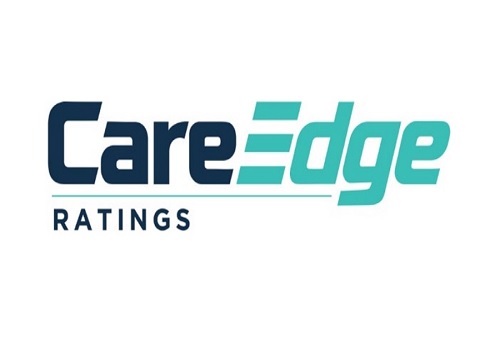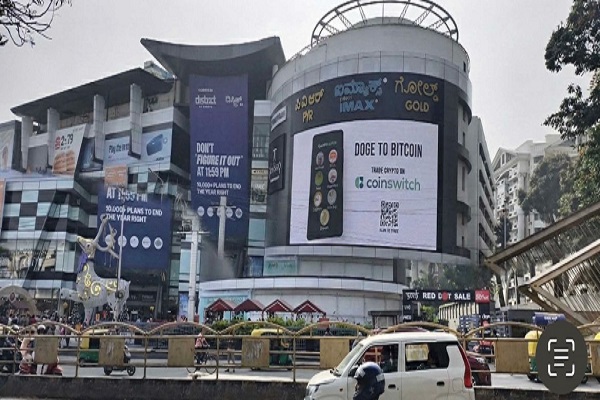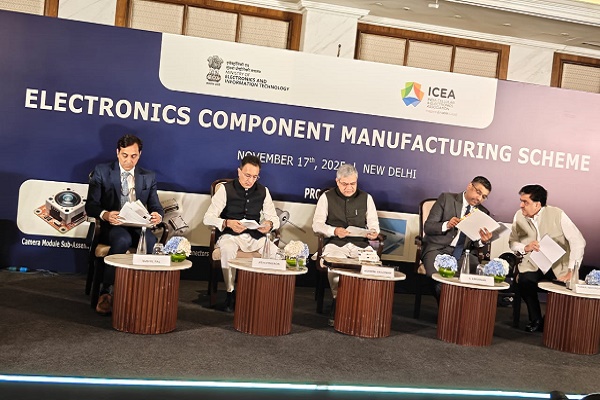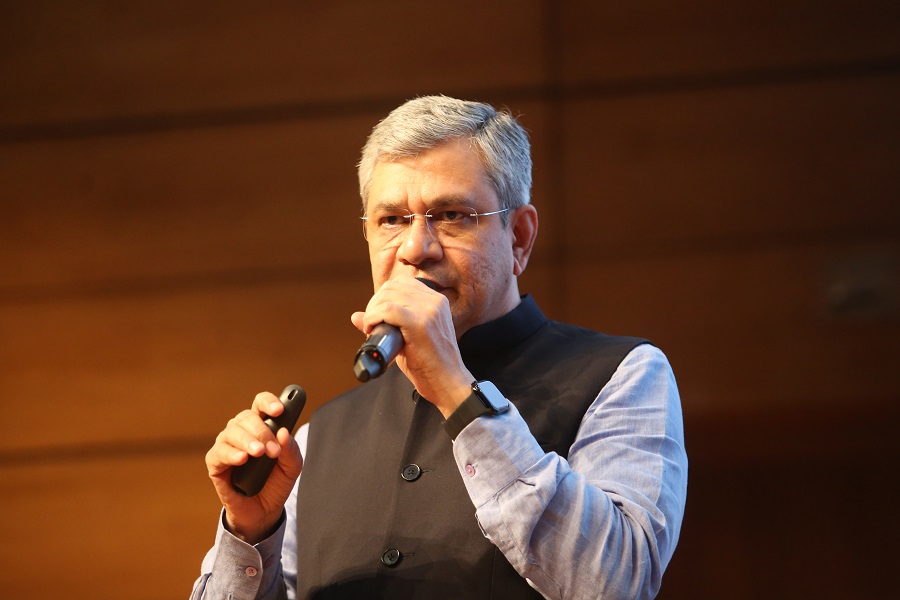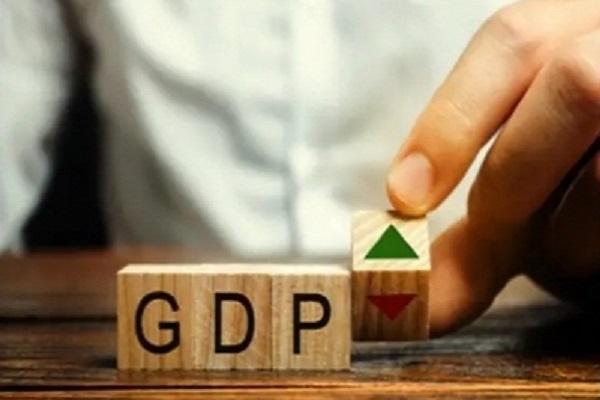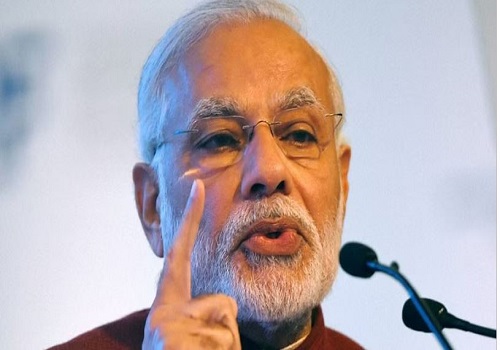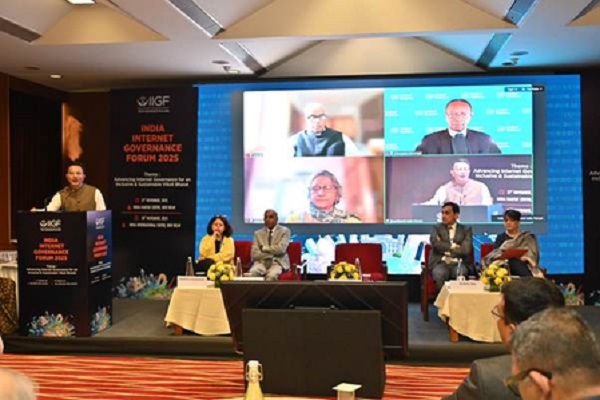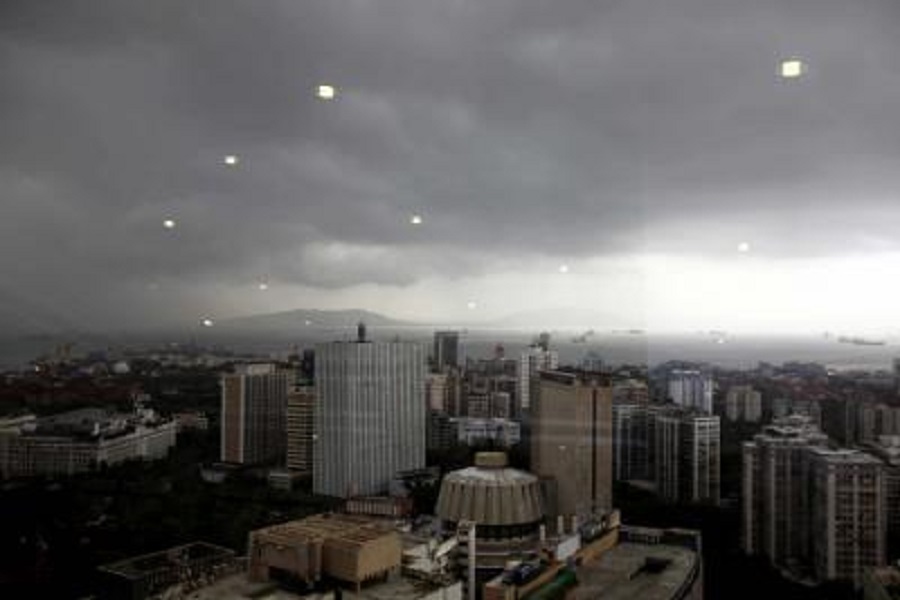India`s tyre sector poised to clock 8 pc revenue growth in FY26
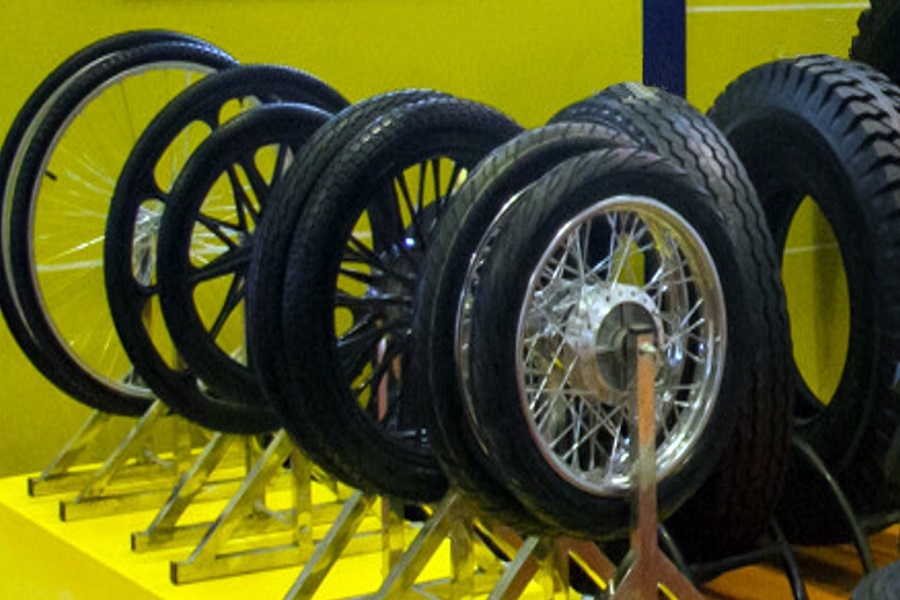
India’s tyre sector will see steady revenue growth of 7-8 per cent during the current financial year, driven by replacement demand that accounts for half of annual sales, even as offtake by original equipment manufacturers (OEMs) will likely be subdued and exports steady, according to Crisil Ratings report released on Friday.
Rising premiumisation is expected to give a slight leg-up to realisations. However, escalating trade tensions and the risk of dumping by Chinese producers diverting inventories because of US tariffs could pose challenges, the report states.
Operating profitability is likely to remain steady at 13-13.5 per cent, supported by stable input costs and healthy capacity utilisation. This, along with strong accruals, lean balance sheets and calibrated capital spending, should help sustain the sector’s stable credit outlook, according to the report.
The report is based on an analysis of India’s top six tyre makers, catering to all vehicle segments and accounting for 85 per cent of the sector’s approximately Rs one lakh crore revenue.
Domestic demand remains the mainstay, propelling around 75 per cent of total volume, with exports making up the rest.
Crisil Ratings senior director Anuj Sethi said, “Volume growth is seen at 5-6 per cent this fiscal, mirroring last fiscal. The replacement segment, accounting for around 50 per cent of volume, is set to grow 6-7 per cent on the back of a large vehicle base, strong freight movement and rural recovery. OEM volume (25 per cent) will likely rise 3-4 per cent, supported by steady two-wheeler and tractor sales, and modest growth in passenger vehicles and commercial vehicles. Export volume (25 per cent) is expected to grow 4-5 per cent, supported by demand from Europe, Africa and Latin America.”
The export momentum, however, comes with risks. The US, accounting for around 17 per cent of India’s tyre export volume last fiscal, and 4-5 per cent of overall industry volume, has imposed reciprocal tariffs on several Indian goods, potentially eroding price competitiveness. And steep US tariffs limit China’s access to that market, raising the risk of excess supply being diverted into price-sensitive markets such as India, the report further states.
To curb cheap imports, India imposes anti-dumping and countervailing duties, including a 17.57 per cent levy, on large truck and bus radials from China. However, a broader influx of low-cost tyres across other segments could pressure domestic realisations without timely safeguards.
Besides, stiff competition in the replacement market will keep operating profitability rangebound at 13.0-13.5 per cent this fiscal.
With nearly half of the raw material imported, the sector is exposed to global prices and fluctuations in foreign exchange rates. In fiscal 2025, natural rubber prices surged 8-10 per cent owing to supply disruptions, and prices of crude-linked inputs such as synthetic rubber and carbon black rose 10-12 per cent. This led to margin erosion by around 300 basis points, given the limited cost pass-through in the OEM and replacement segments.

